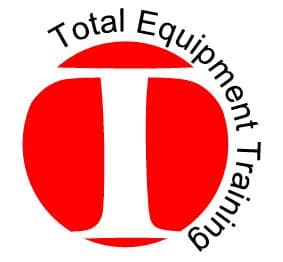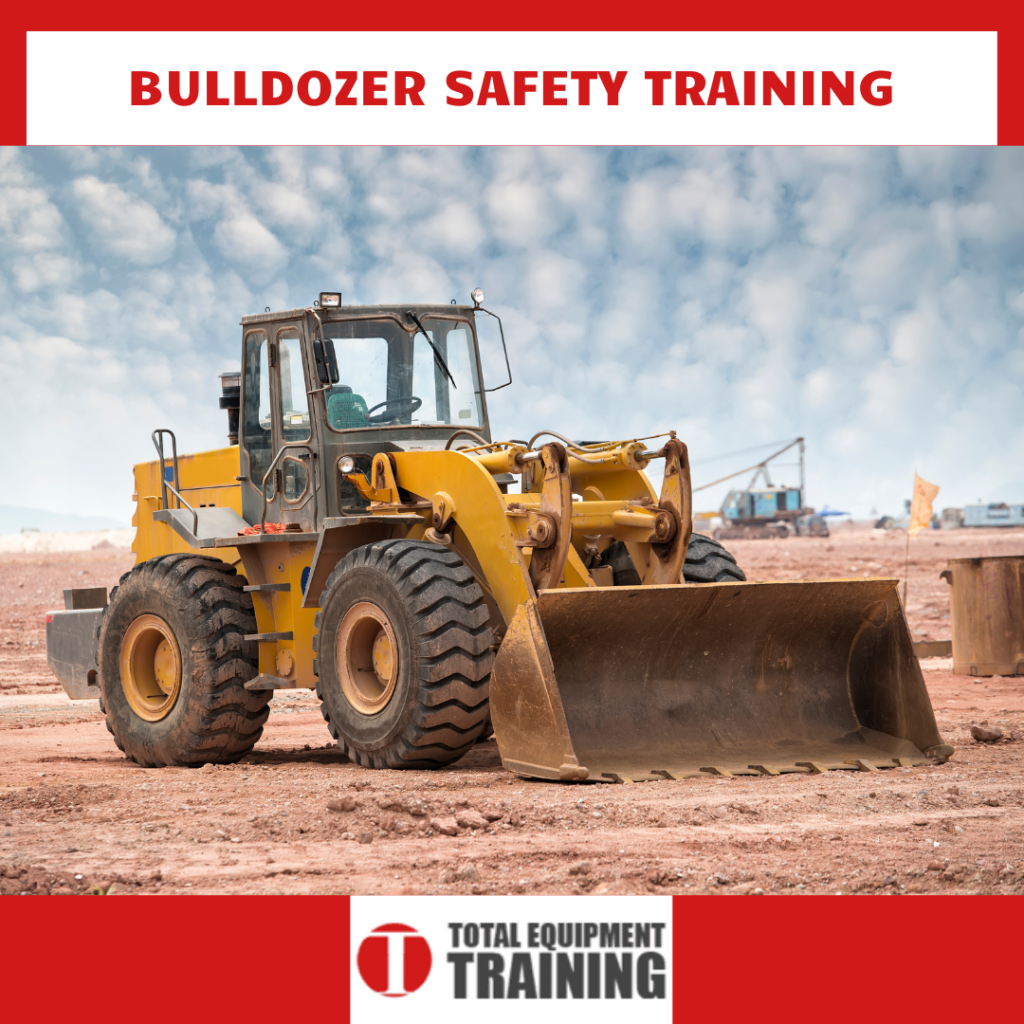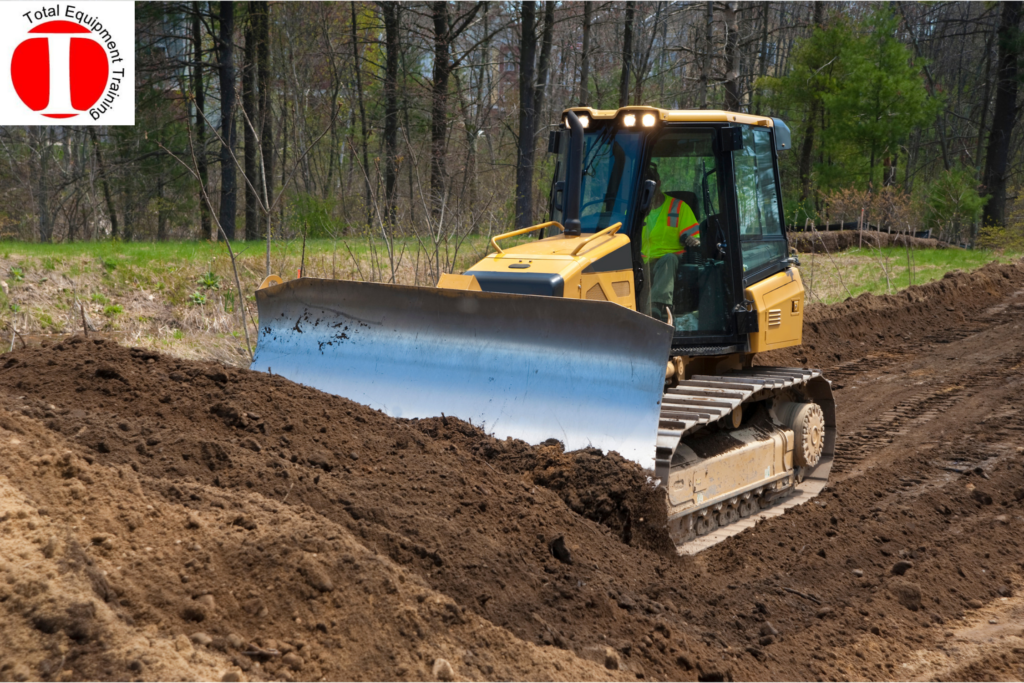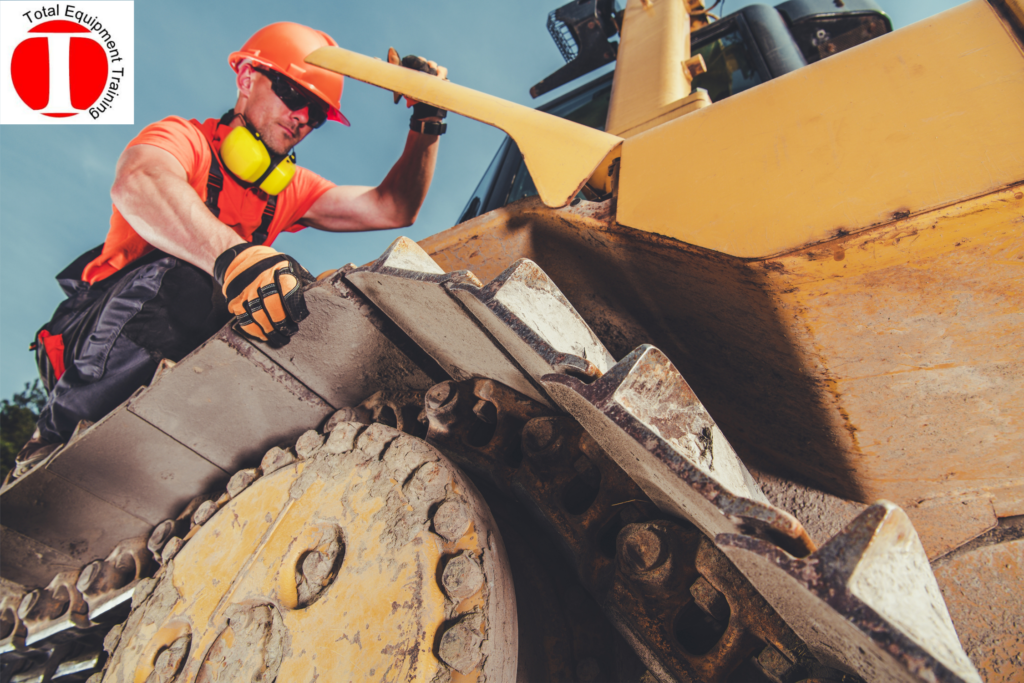A bulldozer is a large mechanized machine equipped with a metal blade on the front, used mainly to move earth. It is among the most widely used implements in the construction industry, and has several applications in various other sectors.
Contact TET for bulldozer training
What Are the Three Types of Bulldozers?
There are 3 main classifications of bulldozers. The classifications are built around their size, intended function, and operational capabilities. They include:
- Wheel Dozers: These are bulldozers that move on tracked tires. They handle well because of this, and can also be scaled according to the work required.
- Crawler Dozers: These bulldozers use tracks to move instead of tires that give greater traction between the dozer and the ground. They are better suited to push heavy objects and traverse irregular terrain.
- Mini Dozers: These dozers are significantly smaller than their more high-powered counterparts, thus more maneuverable, and better at traversing tight spaces.
Please contact Total Equipment Training for onsite training of bulldozers of all types.
What Are the Different Parts of a Bulldozer?
Although bulldozers come in different types and sizes, they all share similar characteristics in their form and components, which include:
-
- Engine – Bulldozers are equipped with powerful engines that create the forces needed to move the machine as it pushes and lifts heavy material. Proper inspection should be carried out daily to ensure proper functionality, such as on the fuel and air filters.
- Tractor – This refers to the main body of the bulldozer. It houses the operator cabin from where different components are controlled. It should contain a fire extinguisher and non-obstructive operator manuals/diagrams.
- Blade – Located on the front of the bulldozer, it enables bulldozers to collect, push and lift material and comes in different shapes adapted to the intended use. During operation, workers should keep a wide berth from the blade, as the blade is strong enough to shatter rock and send pieces flying at speed.
- Tracks/Tires – Depending on the type of bulldozer, it is either equipped with wheels or tracks for movement. Tracks, composed of metal links with protrusions should be cleared of material before operation, and after operation on any sticky or quick-dry surfaces.
- Ripper – This is a component attached to the rear of the bulldozer, made up of three (or more) downward facing prongs. When lowered, they dig into the ground and create furrows as the bulldozer moves.
What Are the Different Types of Blades Used in Bulldozers?
Bulldozer blades fall into different classifications, and can vary in size accordingly. The blade types include:
- Straight Blades (S-Blade) – these are the shortest (by height) blades a dozer can have. Its best suited use is not in lifting material, but pushing fine-grained and high density material.
- U-Blade – Also called the Universal blade, it is equipped with large side wings and a curved shape, making it ideal for pushing material over longer distances.
- S-U Blade – Short for ‘Semi-U’ blade, it combines properties of both Straight and Universal blades, broadening its utility options.
- Angle Blade – Angle blades attach to the center of the bulldozer’s front panel, allowing for angling of nearly 30 degrees to the right or left. Since it does not have side wings, it is a better option for moving material to the side, such as clearing a track.
- Power-Angle-Tilt Blade (PAT Blade) – the PAT blade can be angled, tilted and lift in several directions and is mounted on the center of the bulldozer’s front panel, and is good for clearing, backfilling and scraping jobs.
Safety precautions for blades include inspecting them for cracks and clearing them of material before operation. For adjustable blades, actuating components and hinges should be inspected and tested for proper functionality. You can learn more about Total Equipment Training’s bulldozer training and inspection.
Safety Guidelines for a Bulldozer
A bulldozer’s primary function is to push soil, gravel, snow, sand, etc. across a work site. They are the clear heavy equipment of choice when it comes to moving material. However, if used incorrectly, they can be dangerous.
OSHA (Occupational Safety and Health Administration) has several bulldozer safety guidelines. Specific reference is made for when the bulldozer is not in use; that blades, rippers and any similar additional components shall be fully lowered or blocked while under repair or not in use. Controls should be in a neutral position, with motors off, and brakes set.
To have a professional bulldozer trainer come to your job site to discuss proper bulldozer safety guidelines, please call TET.
Where Can I Get Bulldozer Operator Training?
If you are looking to improve on your or your team’s proficiency in operating bulldozers, reach out to Total Equipment Training, a nationally recognized, accredited and OSHA-compliant organization offering training and professional services. Our team of experienced and skilled personnel will guide your employees on safety and efficiency in bulldozer use, and go the extra mile by including useful tips for your specific worksite conditions.




